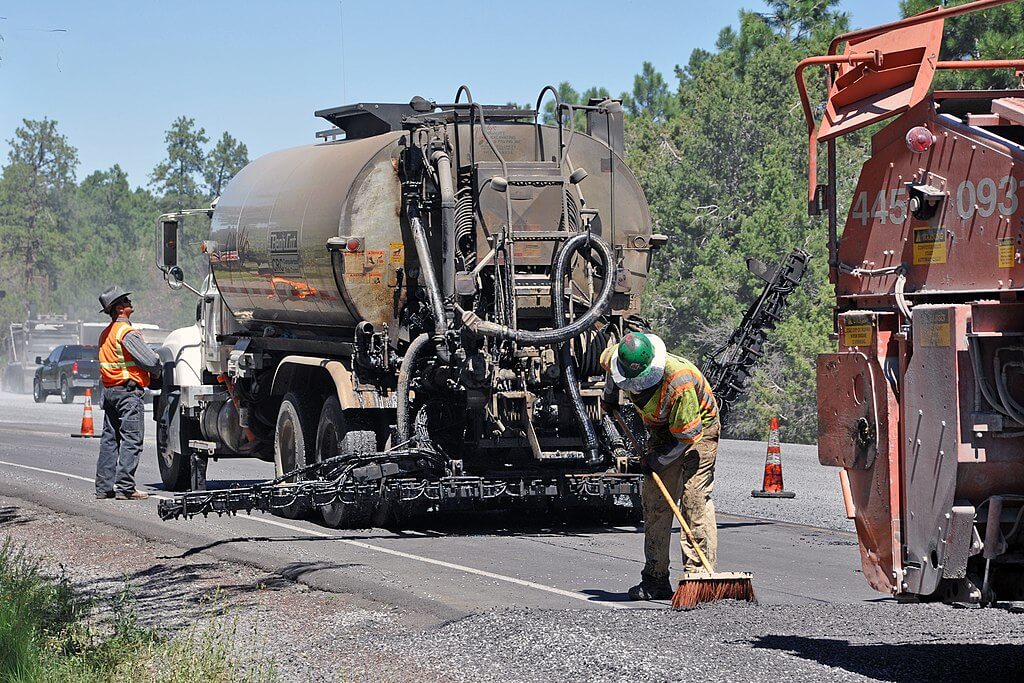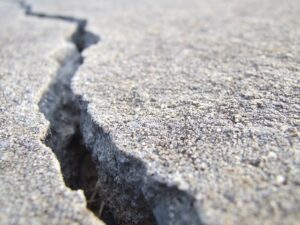
Hot Rubberized Crack Sealing For Asphalt Maintenance
Cracks can ruin your pavement. And if you choose to ignore it, these splits on the surface can go deeper to the point that the structural integrity of the pavement is already affected. That is why sealing these cracks is important to prevent water, ice, dirt, and other stuff which can contribute to the deterioration of the asphalt pavement.
Read more as we’ll talk about the process of hot rubberized crack sealing for asphalt maintenance in today’s post.
Crack Sealing Defined
Crack sealing is basically a preventive maintenance solution that is done to restore the appearance and extend the useful life of the pavement. This process involves the application of hot rubberized sealant to patch up the affected area and to prevent moisture from penetrating down to the base of the asphalt. And by addressing these issues, you are preventing the pavement from developing potholes, depressions, and sinkholes.
Moreover, you’ll be able to save money once you seal these small cracks on the pavement because you won’t have to deal with asphalt replacement, which is 10 times more expensive than crack sealing.
Types Of Cracks On The Pavement

While pavement cracks may look the same, there are many types of cracking which can occur. And knowing these types of cracks is essential so that paving contractors can apply the most effective treatment procedure to fix these problems.
Alligator Cracks – This type of surface crack is caused by excessive distress that looks like the skin of an alligator. And this type of crack is also called “fatigue crack”.
Slippage Cracks – This type of crack is crescent-shaped and is caused by moisture that seeps through the blacktop down to its sub-base. The presence of water between the 2 layers reduces the adhesive property of the asphalt which results in cracking.
Block Cracking – This type of crack is usually square-shaped and appears on the surface due to the application of an asphalt mixture that is too dry. The changes in the external temperature cause the asphalt to expand and contract, which will then lead to breakage.
Edge Cracks – This type of crack runs along the curbs and edges of paved surfaces. And these cracks are caused by dried soil, settling of the aggregate at the base, and insufficient lateral support.
Longitude Cracks – This type of crack forms at the centerline of the pavement. And it’s an indication that the center joint of the paved surface was not done properly during the primary installation.
Steps In Crack Sealing
- Initial Cleaning – The cracked surface is cleaned using a powerful spray with hot compressed air to remove dust, dirt, mud, and any objects that are stuck inside the crack.
- Filling – After cleaning the crack, the contractor will then apply a hot rubberized sealant to fill the aperture and seal the crack on the surface.
- Covering – Once the sealant is cured, the contractor will cover the crack by dusting it with sand to make the surface neat and like new again.
Looking for an asphalt maintenance company in Utah? Call up A-Rock Asphalt in Utah today and ask for a quote.